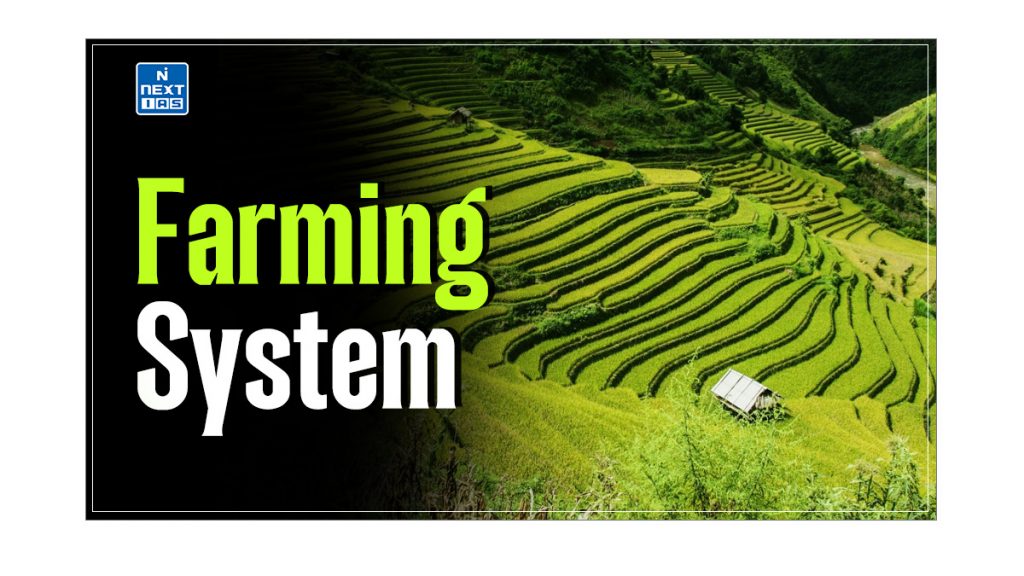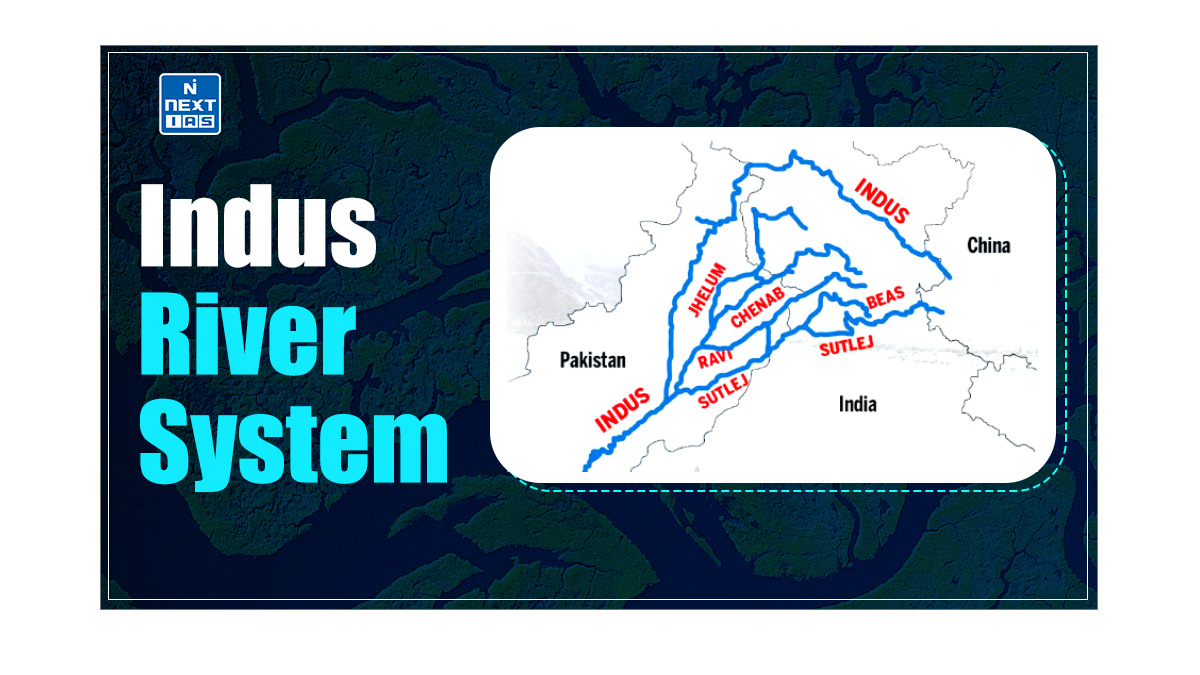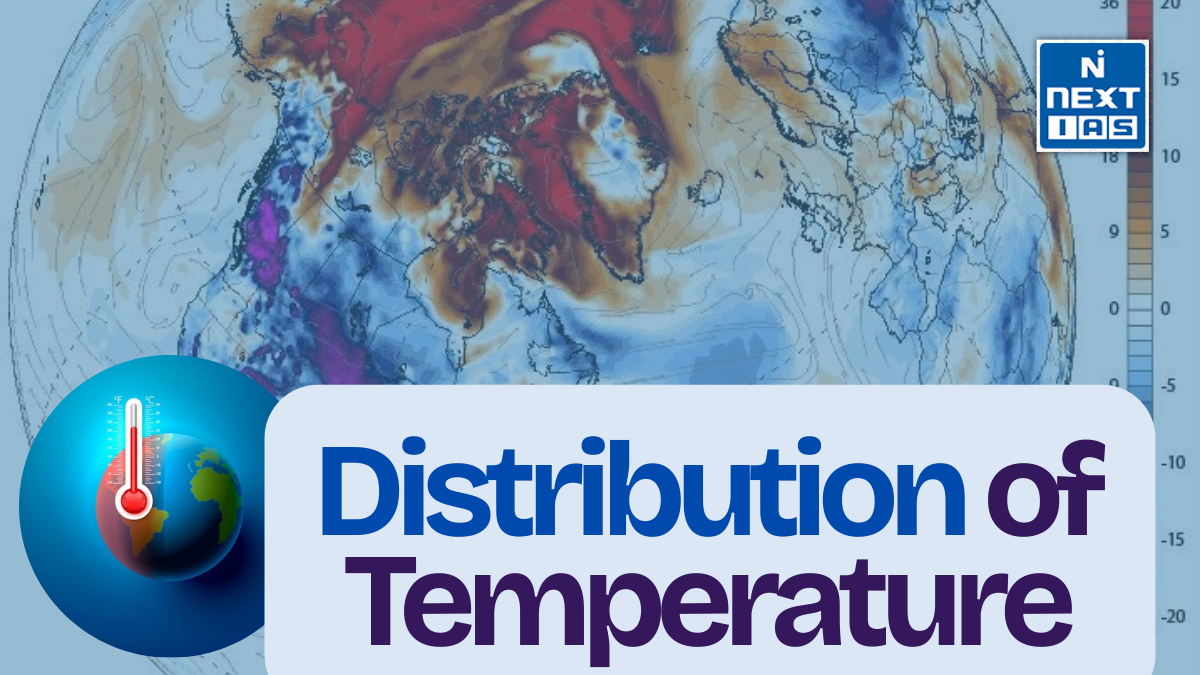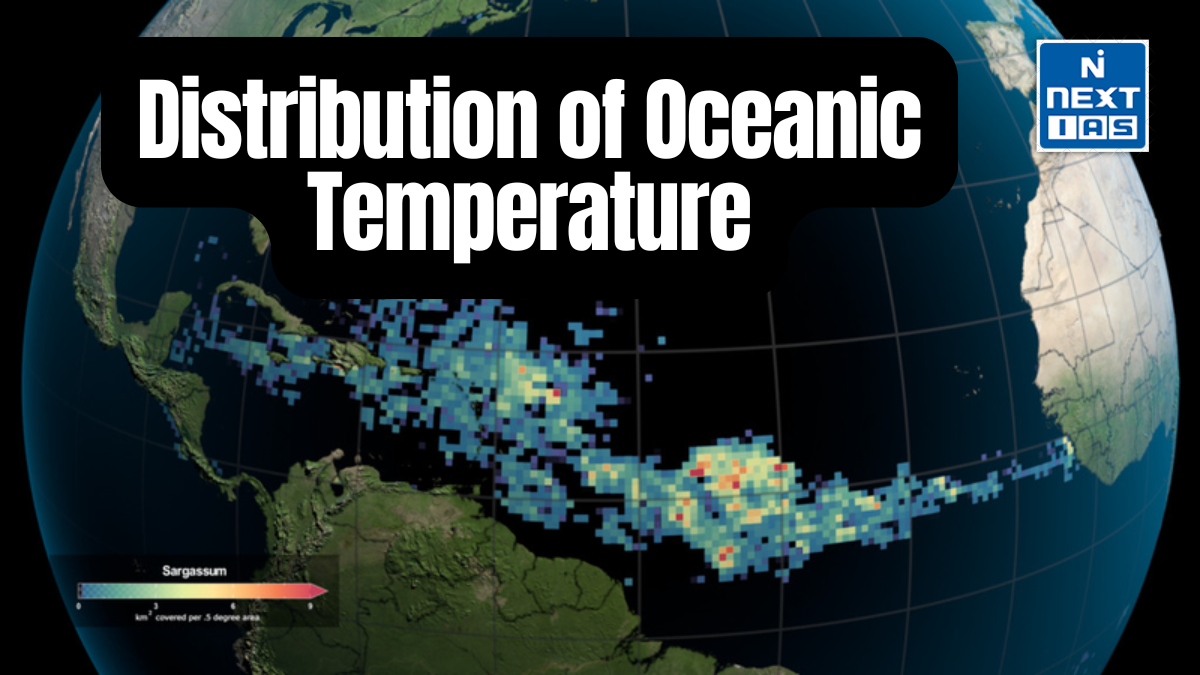
Farming systems refer to the various methods and practices used in agriculture to grow crops and raise livestock based on environmental, economic, and technological factors. Understanding these systems is crucial for optimising agricultural productivity, ensuring food security, and adapting to changing climatic conditions. This article aims to study in detail the different types of farming systems, including subsistence, commercial, irrigated, rainfed, and dryland agriculture and other related aspects.
About Farming System
- Agriculture or farming can be considered a system. The important inputs are seeds, fertilisers, machinery, and labour.
- Some of the operations involved are:
- ploughing,
- sowing,
- irrigation,
- weeding, and
- harvesting.
- The system’s outputs include crops, wool, dairy, and poultry products.
Objectives of Farming System in India
The objectives of a farming system include:
- Maximising Productivity – To achieve high crop yields and livestock production by optimising the use of available resources such as land, water, and inputs.
- Sustainability – To maintain long-term soil health, water quality, and biodiversity through sustainable agricultural practices, ensuring the farm can be productive over time without depleting natural resources.
- Economic Viability – To ensure the farm’s economic stability and profitability by efficiently managing resources, reducing costs, and diversifying income sources through multiple agricultural activities.
- Risk Reduction – To minimise the risks associated with farming, such as crop failure or market fluctuations, by diversifying crops, integrating livestock, and employing adaptive farming practices.
- Environmental Conservation – To protect and enhance the natural environment by adopting practices that reduce soil erosion, conserve water, and promote biodiversity.
Types of Farming System in India
Depending on the geographical conditions, demand for produce, labour, and level of technology, farming can be classified into two main types:
- Subsistence Farming,
- Commercial Farming,
- Irrigated Farming,
- Rainfed Agriculture, and
- Dryland Agriculture.
All these types of farming have been discussed in detail in the following section.
Subsistence Farming or Traditional Agriculture
- It is the practice of growing crops and raising livestock sufficient to meet the needs of the farmer’s family without any surplus for trade.
- Traditionally, low levels of technology and household labour and small land holdings are used to produce small output.
Types of Subsistence Farming
It can be further classified as intensive subsistence and primitive subsistence farming.
- Intensive Subsistence Agriculture – A Farmer cultivates a small plot of land using simple tools and more labour.
- The climate, with many sunny days and fertile soil, permits the growing of more than one crop annually on the same plot.
- This type of farming is practised in areas with high population pressure on land.
- In such cases, high doses of biochemical inputs and irrigation are used to obtain higher production.
- Though land fragmentation leads to small farm sizes, farmers continue to extract maximum output from the limited land without an alternative source of livelihood.
- Rice is the main crop, and other crops include wheat, maize, pulses, and oilseeds.
- Intensive subsistence agriculture is prevalent in the thickly populated monsoon regions of South, Southeast, and East Asia.
- Primitive Subsistence Agriculture – It encompasses shifting cultivation and nomadic herding.
- Shifting cultivation is practised in heavily forested regions such as the Amazon basin, tropical Africa, Southeast Asia, and Northeast India.
- These areas experience heavy rainfall and rapid vegetation regrowth. To begin, a plot of land is cleared by cutting down trees and burning them.
- The ashes are then mixed into the soil, and crops like maize, yam, potatoes, and cassava are planted.
- Once the soil’s fertility diminishes, the land is abandoned, and the cultivator moves to a new area.
- This method is also known as ‘slash and burn’ farming.
| Other Names of Shifting Cultivation | |
| Name | Country |
| Milpa | Mexico and Central America |
| Conuco | Venezuela |
| Roca | Brazil |
| Masole | Central Africa |
| Ladang | Indonesia |
| Ray | Vietnam |
| In India | |
| Name | State |
| Bewar or Dahiya | Madhya Pradesh |
| Podu or Penda | Andhra Pradesh |
| Pama Dabi or Koman or Bringa | Odisha |
| Kumari | Western Ghats |
| Valre or Waltre | South-eastern Rajasthan |
| Khil | Himalayan Belt |
| Kuruwa | Jharkhand |
| Jhumming | North-eastern Region |
Commercial Farming or Modern Agriculture
- In commercial farming, crops are cultivated, and livestock is raised primarily for sale in the market.
- This type of farming involves large-scale cultivation and substantial capital investment, with machinery handling much of the work.
- The level of commercialisation in agriculture differs by region; for instance, rice is grown as a commercial crop in Haryana and Punjab, while in Odisha, it is primarily a subsistence crop.
Types of Commercial Farming
Commercial farming can be divided into the following categories:
- Commercial Grain Farming – In this type, grains such as wheat and maize are grown for commercial purposes.
- Commercial grain farming is primarily practised in the temperate grasslands of North America, Europe, and Asia.
- These regions are characterised by sparse populations and expansive farms that cover hundreds of hectares.
- Due to harsh winters, the growing season is limited, allowing for cultivating only a single crop annually.
- Mixed Farming – Mixed Farming involves growing crops, including fodder crops, and rearing livestock.
- The aim is to increase income through different sources and complement land and labour demands throughout the year. It is a very common feature in the northern plains of India.
- Plantation – Plantations are commercial farming where single crops of tea, coffee, sugarcane, cashew, rubber, banana or cotton are grown.
- Large amounts of labour and capital are required, and the produce may be processed either on the farm itself or in nearby factories.
- Thus, the development of a transport network is essential for such farming. Major plantations are found in tropical regions worldwide.
- For example, Rubber in Malaysia, Coffee in Brazil, and Tea in India and Sri Lanka.
| Traditional and Modern Agriculture | ||
| Dimensions | Traditional Agriculture | Modern Agriculture |
| Economic aims | Primarily self-consumption. | Maximising output per head and minimising production cost. |
| Technology | This type of farming depends upon monsoon, natural fertility of the soil and suitability of other environmental conditions to the crops grown. | Strong reliance on technological innovations.Extensive use of fertilisers and pesticides. |
| Farm size | Small to medium. | Large. |
| Cropping system | Diversified cropping system. | Monoculture, i.e. single crop is grown continuously over many seasons. |
| Irrigation | Flood irrigation system, wells and tube wells. | Sprinklers and drip irrigation. |
| Livestock | Pasture-based system for keeping livestock. | Confined concentrated livestock system. |
Irrigated Farming
Irrigated farming refers to supplying a controlled amount of water to plants regularly for agriculture.
Types of Irrigated Farming
Irrigated farming can be protective or productive based on the objective of irrigation.
- Protective Irrigation – Protective irrigation is designed to shield crops from the negative impacts of soil moisture deficiency.
- This type of irrigation supplements natural rainfall by providing an additional water source.
- The goal of this irrigation strategy is to ensure soil moisture for the largest possible area.
- Productive Irrigation – Productive Irrigation provides sufficient soil moisture during the cropping season to achieve high productivity.
- Here, the water input per unit cultivated land area is higher than that of protective irrigation.
Rainfed Agriculture
- In agriculture, we can find different types of crops depending on water availability.
- Rainfed agriculture refers to the area under various crops where the cultivation is dependent upon the monsoon rainfall.
- Rain-dependent areas can be broadly split into two parts:
- Dryland areas, which receive less than 750 mm of rain a year and
- Rainfed regions, which receive more than 750 mm of rain.
- Rainfed agriculture is practised under various soil types, agroclimatic conditions, and rainfall conditions ranging from 400 mm to 1600 mm per annum.
Dryland Agriculture
- India has 143 million ha of its geographical area under cropping, of which 113 million ha has the potential to be irrigated, whereas 30 million ha are rainfed agriculture, even if the full potential of irrigation has been utilised.
- Presently, India has 93 million ha (recent data = 100 million ha) under irrigation.
- Thus, 43 million ha are under rainfed conditions. Dryland agriculture pertains to farming in sub-humid to arid regions characterised by inefficient hydrology, limited irrigation facilities, and complete reliance on monsoon rainfall.
- The typical cropping pattern includes coarse grains, millets, oilseeds, pulses, and cotton.
| Dryland Crops Grown: Regionwise | |
| Region | Crops Grown |
| Eastern India. | Ragi, jowar, bajara. |
| S.W. Uttar Pradesh. | Bajara. |
| Vindhya Region. | Jowar, maize, pulses. |
| Narmada-Tapi basin. | Jowar, wheat. |
| Deccan plateau uplands. | Cotton, Jowar. |
| Telengana. | Jowar. |
| Non-irrigated areas of Rayalseema. | Ragi, groundnut. |
| Plateau region of Karnataka and TN uplands. | Jowar, cotton. |
Need for Dryland Agriculture in India
- India has one-third of its geographical area under humid conditions, while two-thirds is under sub-humid or arid conditions.
- Thus, dryland agriculture occupies more land than wet agriculture.
- It supports 40% of the population and covers 66% of the land.
- This imbalance needs to be addressed by enhancing the productivity of these regions.
- So the need for Dryland Agriculture in India is as follows:
- It is the source of the larger portion of agriculture employability.
- The product from dryland agriculture can reduce dependence on petroleum, as Jatropha cultivation(aviation turbine fuel) can be used as a substitute without reducing efficiency.
- Dryland crops provide more nutritious that is key for nutrition security in India e.g. jowar, bajra etc.,
- Dry farming is needed in drought-prone areas to stop desertification.
- It helps grow industrialisation in the country by integrating forward and backward linkages of agriculture and rural development through cottage industries.
Components of Farming System
- The components of a farming system encompass various interrelated activities that together contribute to the overall productivity, sustainability, and profitability of the farm.
- These components include:
- crop production, where different types of crops are cultivated based on the climate, soil, and water availability,
- livestock rearing, which provides meat, milk, and other animal products while offering manure for fertilisation and
- aquaculture, where fish or other aquatic organisms are raised to diversify income and effectively utilise water resources.
- agroforestry integrates trees and shrubs into agricultural lands, improving soil health and providing additional resources like fruits, fodder, and timber.
- horticulture focuses on cultivating fruits, vegetables, and flowers, often complementing the main crops and enhancing farm income.
Solution to Improve Efficiency and Productivity of Dryland Agriculture
Dryland areas are crucial in producing pulses, oilseeds, coarse grain crops, and cotton. Effectively utilising dryland technologies to boost agricultural production can help bridge the demand-supply gap in pulses and oilseeds, enhancing farmers’ economic well-being. The following methods can improve the efficiency and productivity of dryland agriculture:
- Water Harvesting – Water harvesting involves collecting rainwater where it falls or capturing runoff within your village or town.
- It also includes implementing measures to maintain the water’s cleanliness by preventing polluting activities in the catchment area.
- There are various methods to undertake water harvesting.
- Capturing runoff from rooftops.
- Capturing runoff from local catchments.
- Capturing seasonal floodwaters from local streams.
- Conserving water through watershed management.
- Agronomical practices on a scientific basis e.g., Crop rotation, intercropping etc.
- Soil Preparation – No soil is ideal, so it necessitates preparation before and after cultivation.
- Continuous farming may reduce soil fertility, so the soil is prepared prior to seed sowing to replenish soil contents.
- The three steps of soil preparation – Ploughing, levelling, and manuring are essential in agriculture.
- Organic Farming – Organic farming is a system that avoids or excludes synthetic inputs such as pesticides, fertilisers, and hormones.
- Instead, it relies on crop rotation, organic waste recycling, farm manure, rock additives, and crop residues to protect plants and utilise nutrients.
- Watershed Management – Watershed management implies the effective conservation of soil and water resources for sustainable production.
- It involves managing the land surface and vegetation to conserve soil and water, which benefits farmers, communities, and society as a whole in the immediate and long term.
- Vegetative Barriers – By providing barriers such as –
- Constructing contour bunds along the contours to prevent erosion.
- Using furrow and ridge cultivation methods across slopes.
- Managing irrigation water through drip and sprinkler systems.
- Planting horticultural species along the contour bunds.
- Ecological Conservation Techniques in Farming – Ecological farming encompasses all methods, including organic practices, that regenerate ecosystem services such as preventing soil erosion, enhancing water infiltration and retention, sequestering carbon in the form of humus, and increasing biodiversity.
- Techniques used include no-till farming, multispecies cover crops, strip cropping, terrace cultivation, shelterbelts, and pasture cropping.
- Use of HYV Varieties of Crops (Drought-Resistant Crops) – The current demand for HYV varieties of crops, especially in regions impacted by climate change, can be a panacea for food security.
Integrated Farming System
- The Integrated Farming System (IFS) is an agricultural approach that combines various agricultural activities—such as crop cultivation, livestock rearing, aquaculture, agroforestry, and horticulture—into a single, cohesive system.
- The goal of IFS is to optimise the use of resources, enhance productivity, and ensure sustainability by creating a balanced ecosystem on the farm.
- The objectives of the Integrated Farming System:
- Resource Optimization,
- Income Diversification,
- Sustainability, and
- Food Security etc.
Nomadic Herding
| – Nomadic Herding is practiced in the semi-arid and arid regions of the Sahara, Central Asia and some parts of India, like Rajasthan, Jammu & Kashmir and Ladakh. – In this type of farming, herdsmen move from place to place with their animals for fodder and water along defined routes. In Jammu & Kashmir and Ladakh, the herders practice transhumance. This type of movement arises in response to climatic constraints and terrain. – Sheep, camel, yak and goats are most commonly reared. They provide milk, meat, wool, hides and other products to the herders and their families. |
Conclusion
The diverse farming systems in agriculture, ranging from subsistence practices to advanced commercial techniques, reflect the sector’s adaptability and innovation. While subsistence farming focuses on self-sufficiency and traditional methods, commercial farming leverages technology and capital to meet market demands. Irrigated and rainfed agriculture addresses water availability issues, and dryland agriculture is critical in arid regions. By better understanding their challenges and opportunities, we can ultimately guide efforts to improve efficiency, sustainability, and resilience in agriculture worldwide.
Frequently Asked Questions (FAQs)
What is Integrated Farming System?
The Integrated Farming System (IFS) is an agricultural approach that combines various activities like crop cultivation, livestock rearing, aquaculture, and agroforestry into a single, cohesive system.
What do you mean by Farming System?
A farming system combines various agricultural practices and activities employed on a farm to produce crops and livestock.
What is Wetland Farming?
Wetland farming is an agricultural practice that involves cultivating crops in wetland areas, such as marshes, floodplains, or swampy regions.






